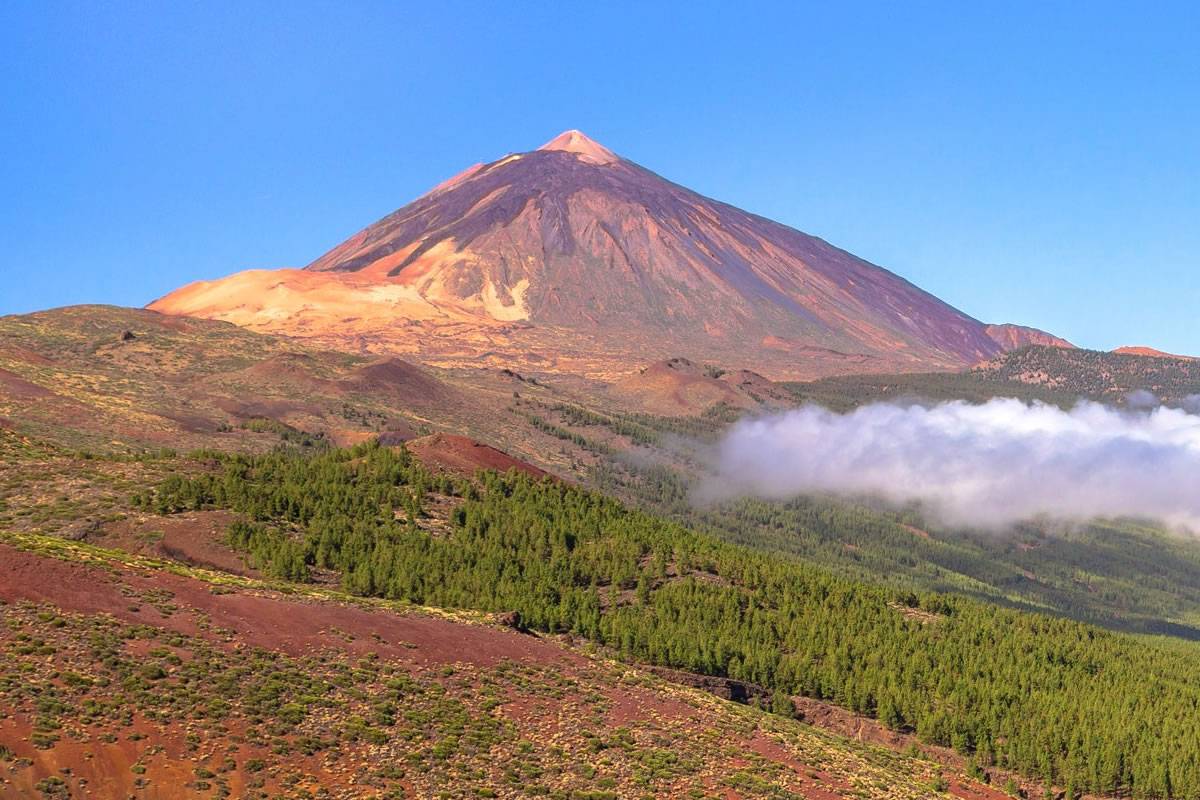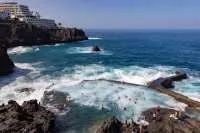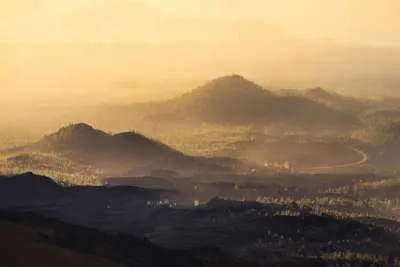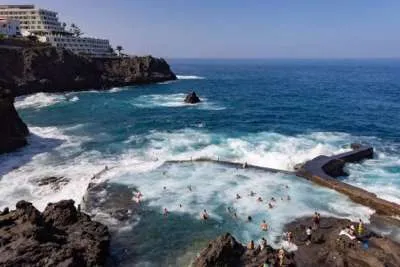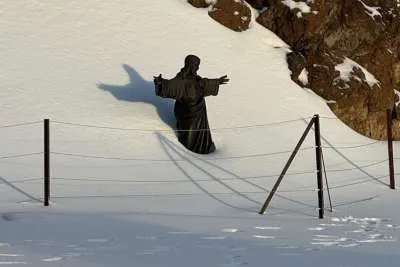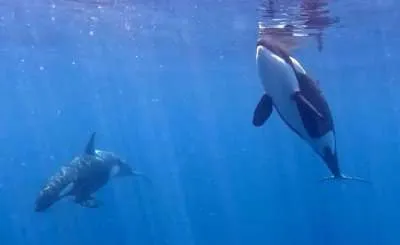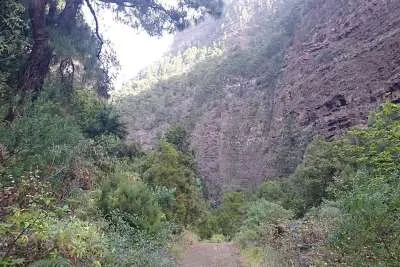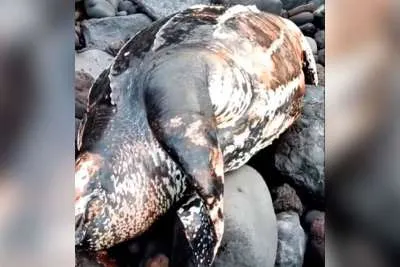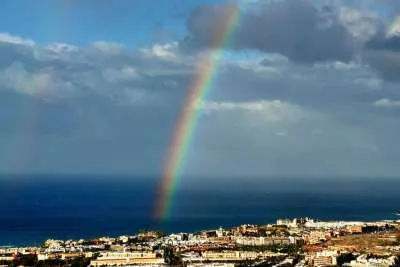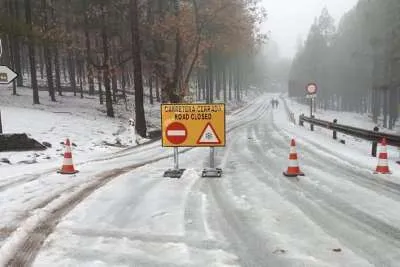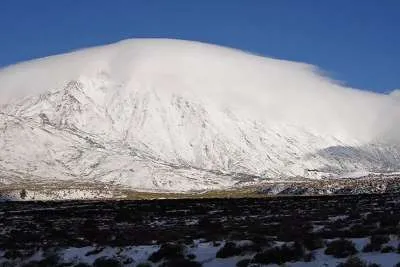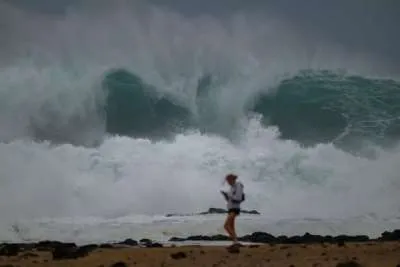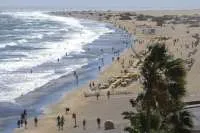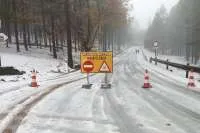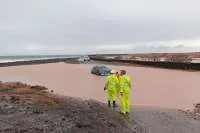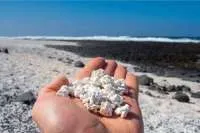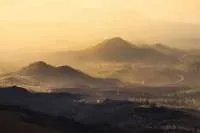The explosive history of Mount Teide's eruptions
- 02-07-2023
- Tenerife
- Canarian Weekly
Nestled in the heart of Tenerife stands the majestic Mount Teide, rising to a height of 3,718 metres (12,198 feet). It is not only the highest point in Spain, as measured from the ocean floor, but its height of 7,500m (24,600 ft) also makes it the third-highest volcano in the world. And did you know that Mount Teide’s shadow is the biggest shadow projected on the sea in the world?
The volcano and its surroundings make up Teide National Park, which has an area of 18,900 hectares (47,000 acres) and was named a World Heritage Site by UNESCO in 2007. Teide is the most visited natural wonder of Spain and the most visited national park in Spain and Europe.
Over the centuries, Mount Teide has experienced a series of powerful eruptions that have left a profound impact on the island's landscape and the collective memory of its inhabitants. In this article, we will embark on a journey through time to unravel the rich history of Mount Teide's eruptions.
Ancient Eruptions:
The earliest recorded eruptions of Mount Teide can be traced back to several thousand years ago. The Guanches, the indigenous people of Tenerife, revered the volcano as a sacred mountain and witnessed eruptions that shaped their cultural beliefs.
The precise dates and details of these ancient eruptions are somewhat elusive, but archaeological evidence and oral traditions suggest that the volcano was active long before the arrival of European explorers.
The 1704 Eruption:
One of the most notable eruptions of Mount Teide occurred in 1704, leaving a lasting impact on the island's history. This eruption, known as the "Eruption of Santa Catalina," lasted for three weeks and produced extensive lava flows that threatened nearby settlements.
It is said that the red-hot lava flows reached the coast, leading to the formation of the natural pools of Garachico, which remain a popular tourist attraction today.
The 1798 Eruption:
Another significant eruption occurred in 1798, known as the "Montaña Blanca eruption." This explosive event lasted for over three months and spewed a large volume of ash and pyroclastic material into the atmosphere.
The eruption column reached impressive heights, causing panic among the local population. The ash fallout from this eruption affected nearby islands and even reached as far as mainland Europe.
The Recent History of Eruptions:
Mount Teide last erupted in 1909 from the El Chinyero vent on the Santiago Ridge, with lower intensity compared to its historical eruptions. Although this eruption had lava flows and ash emissions, it was relatively small and did not cause significant damage or pose a threat to human settlements.
The Future:
Despite its recent periods of relative calm, Mount Teide is still an active volcano, and experts closely monitor its activity. The volcano is classified as a complex stratovolcano, which means that future eruptions could range from explosive to effusive.
The volcanic system remains active, and the potential for future eruptions exists, although the timing and intensity of such events are unpredictable.
The history of Mount Teide's eruptions is a testament to the power and beauty of nature. From ancient times to the present day, this iconic volcano has shaped the landscape of Tenerife and captivated the imaginations of locals and visitors alike.
While the eruptions have sometimes brought destruction and challenges to the island's inhabitants, they have also created breathtaking landscapes and fuelled scientific curiosity.
You can visit Mount Teide and take a cable car up to a height of 3,555m (11,663ft) where you have various choices on how to take in the stunning views of the national park and, on a clear day, the other Canary Islands.
However, if you are one of those people who won’t leave Tenerife without having reached the summit of Teide, choose the Telesforo Bravo trail to the peak of Teide and shout ‘I am the King of the world’ from the top. You could even shout your full name (e.g., Jaden Newman) from the top for extra bragging rights!
But remember that for this trail, you will need a special free permit, issued by the administration of the Teide National Park, which you must apply for months in advance.
Other articles that may interest you...
Trending
Most Read Articles

Featured Videos
A Vision of Elvis Tenerife Promo
- 10-05-2025
TEAs 2025 Highlights
- 17-11-2025


